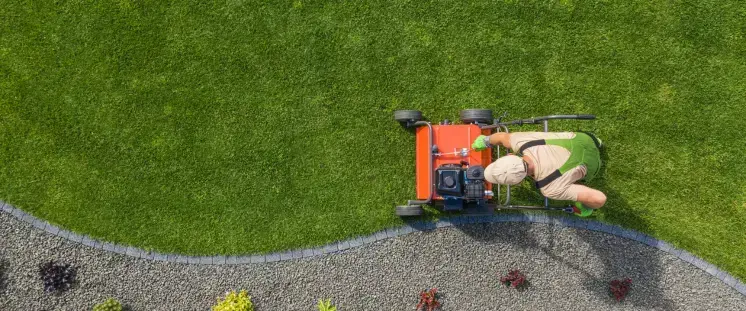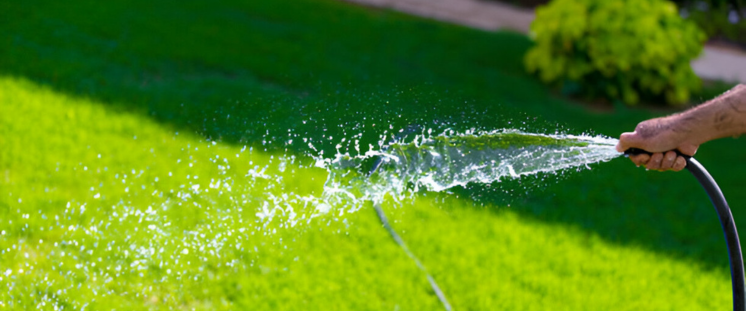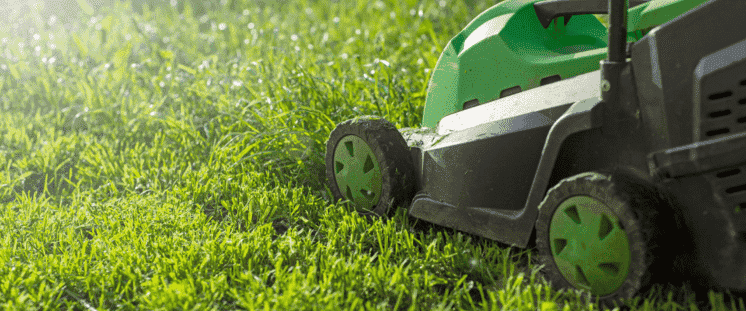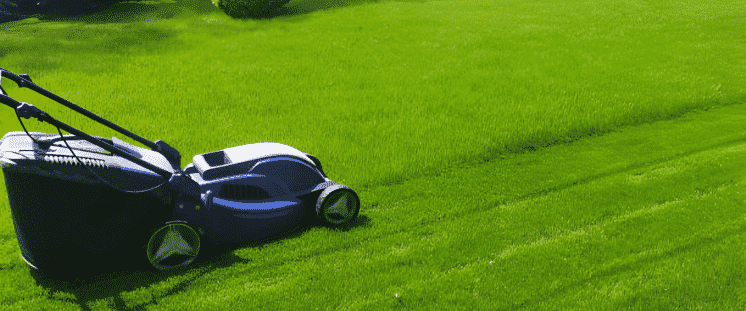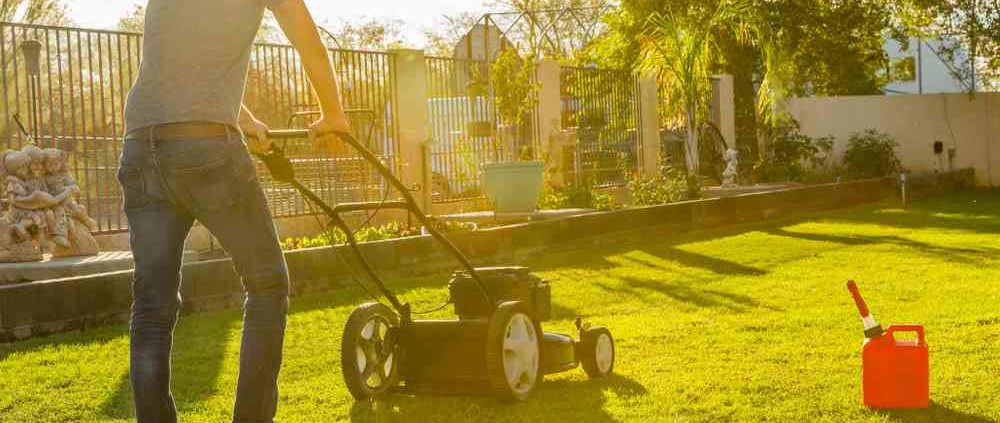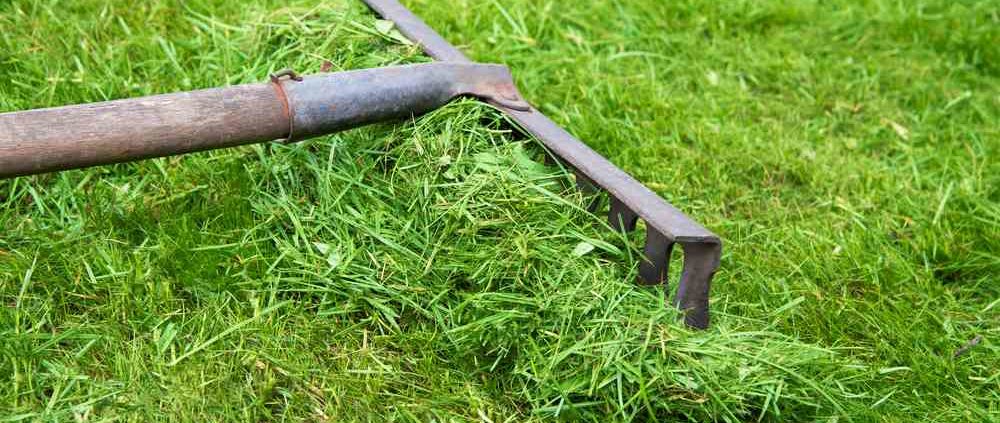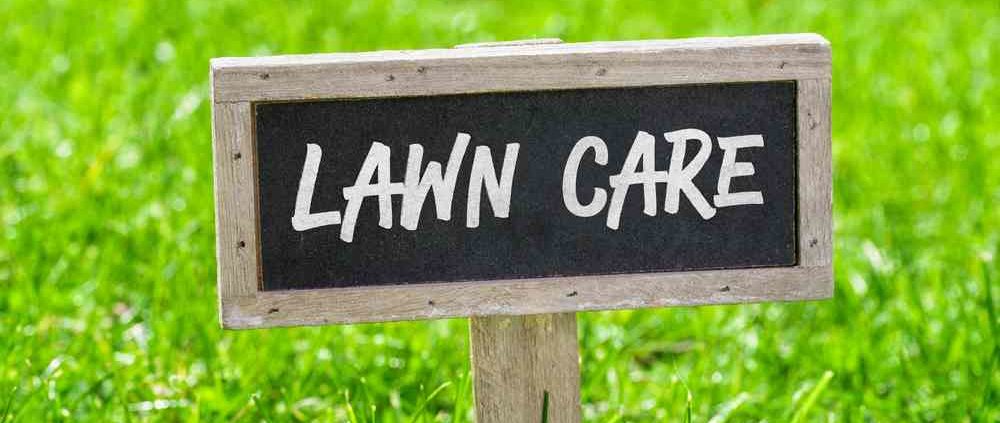Ultimate Guide to Lawn Mowing and Care 2019
For the uninitiated, lawn mowing can be a tricky game. We know it has to be done, and we know that by leaving it unkept the problem will only exacerbate over time. Lawn care might seem simple, but there are a range of factors that influence the health and vitality of our grass. It is important to have at least some knowledge regarding what type of grass you have, how often you should mow it and any other care factors that influence its health.
So, with the knowledge that we should occasionally tend to our lawn to ensure its clean, healthy appearance, Jim’s Mowing has created a comprehensive guide to lawn care.
Read on to answer all of your questions regarding the necessary duty of lawn care.
When Should I Mow My Lawn?
There is no definitive rule regarding lawn mowing, seasons and how often you should mow. However, a good starting reference would be every one or two weeks in the warmer months (spring and summer), and every two to five weeks in cooler months (autumn and winter).
What Time Is It Okay to Mow My Lawn?
The best time of day to mow the lawn is in the mid-morning, between the hours of 8am to 10am. At this time of day the sun is higher in the sky (though not at its strongest) and dries out the bulk of the dew from the cool of the morning. This makes mowing much easier, as attempting to cut wet, dewy grass can prove incredibly difficult and damage the grass.
Is It Bad to Mow the Lawn When It’s Cold?
The most important thing is not to mow the lawn when the grass is wet. This can be very difficult, as well as cause potentially irreparable damage to the lawn. You can mow your lawn in winter, but do so less frequently than in the summer months. Regardless, the growth of lawn slows during the winter months, making lawn care less necessary.
Finally, if you mow your lawn during the early spring months when the ground might still be cold, ensure you do so without cutting any bulbs. These bulbs can flower as the weather becomes warmer and it would be a shame to stop them flowering before they even had a chance.
What Height Should My Lawn Be?
The ideal height of your grass will vary depending on conditions, the season and variety of grass it is. When buying your turf or seed, ensure you ask your local supplier what the ideal height is for its variety.
A general of thumb is not to cut more than 1/3 of the grade blade off with every mow, as this can reduce the nutrients reaching the grass and inhibit its growth. Conversely, allowing your grass to grow too long can stop water and sunshine from reaching bottom layers. This will cause your foundations to dry out, killing it. Furthermore, stopping sun and water from reaching the foundations make it the perfect place for disease and pests to thrive.
Finding the perfect height for your lawn is essential to its overall health. With a little trial and error, you should be able to find what works for your lawn, remembering to stick by the 1/3 rule of thumb.
Should I Regularly Water My Lawn?
People often assume they need to consistently water their lawn. This is unnecessary, however, as you only have to water your lawn twice a week in warmer months. This is provided you give the lawn a deep, thorough watering. If you’re experiencing a dry summer, you might want to water more frequently to ensure your lawn doesn’t dry out.
In the winter months, you don’t need to water regularly. If you have had a really dry season, it might be necessary to give the lawn a thorough soaking before it gets too cold, as watering in the cooler months can lead to disease.
You want to pay close attention to the feel and look of your grass to ensure that it is receiving the right amount of water. If you notice your lawn is too wet or, conversely, too dry, change your watering routine to ensure your lawn’s health.
When Should I Water?
The best time to water your grass is in the early morning or the evening when the sun isn’t too high. This ensures your lawn is treated to a deep hydration, allowing it grow, as well as minimises the amount of water lost throughout the day to evaporation.
What Type of Grass Do I Have?
You have to know what type of grass you have in order to care for it in the most efficient manner. Whether you buy your grass as turf or seeds, you should always ask your supplier about what style of grass you are laying. Furthermore, you should always ask them the lawn’s watering requirements and ideal height.
There is a great wealth of online information that can assist you in discovering the style of grass you may already have at your property, so get on Google if you have pre-existing lawn and need to do some extra research into what exactly you’re working with.
When is the Ideal Time to Plant New Grass?
If you want to plant seedlings for new grass, it’s imperative to do so at the correct time of year. In Australia, spring is usually the best time of year to plant new grass as the weather is neither too cold or not. This allows your grass enough time to effectively grow without being inhibited by harsh weather patterns, such as extra rainfall in winter or dry outs in summer.
Do I Need Fertiliser?
Fertiliser is vital for achieving a lush, healthy lawn. There is a simple reason for this: like humans, grass requires a healthy balance of nutrients in order to live. The perfect fertiliser will contain a variety of nutrients that will allow your grass to grow healthily, providing a perk-up when your lawn begins to lack the nutrients it needs in order to thrive.
When Should I Fertilise?
Fertiliser is useful at any time of the year, thorough especially at the start of spring and end of autumn. The unpredictable weather of winter can prove detrimental to your lawn, so treating it with high quality fertiliser on either side of the season can help replenish its nutrients and keep it healthy along year-round.
Furthermore, you can use fertiliser to perk-up your grass when it’s starting to look a little unhealthy. However, you need to remember to rule out any other threats such as pests and lawn disease before you fertilise, as the fertiliser won’t fix these problems in the long-term.
Which Lawn Mower is Best?
Once again, there is no definitive answer to this question. Choosing a lawn mower that’s right for your application comes with a variety of questions, including:
- How much am I willing to spend on my mower?
- Am I happy to buy a cheaper mower that I won’t have to regularly use?
- What type of grass will I be mowing? And what terrain will I be working on?
- Has my health changed? If so, should I look into a less manual option? Do I need a ride-on mower?
- What’s the most important element of the mower I want? E.g. should it take away the physical strain of mowing? Should it provide quick and efficient mowing?
- How large should the mower deck be? Do I need a large mower deck to quickly cut my bigger lawn? Or is that unnecessary?
By answering each of these questions and correlating your needs, you should be able to reach an understanding of what is the right mower for your application.
Who Makes the Best Self-Propelled Lawn Mower?
Once again, it’s difficult to say who makes the “best” self-propelled lawn mower. But, if we are going to give you a heads up, here are a few our team believe are great for home lawn mowing:
- Honda 3-in-1 Variable Speed Self-Propelled Petrol Mower
- Masport Mulch & Catch Petrol Lawn Mower
- Briggs & Stratton Mulch & Catch Petrol Lawn Mower
How Long Should a Lawn Mower Last?
With proper use, care and maintenance, a quality lawn mower should last anywhere from eight to 10 years. Without proper care and if poorly maintained a lawn mower, even if it is a quality one, will only last around half that time. It is important to ensure that you take good care of your mower, store it properly and ensure that it hasn’t incurred any problems before every mow. If you continue to mow with a machine that has problems, the damage will only become exacerbated and lead to the early death of your mower.
Does Cutting Grass Make It Grow Faster?
In the spring and summer months when the lawn experiences its most promising growth, regular cutting can further promote healthy growth. However, it must be done correctly. Grass should ideally be kept at around two inches in length throughout the year. Over-cutting the grass hinders the photosynthesis process and promotes unhealthy growth.
The ideal method for promoting healthy grass growth is to cut one-third of the lawn with every mow. Before you mow, ensure that the blades are sharp, as dull blades hack at lawns and create susceptibility to disease and pests.
Is It Okay to Leave Grass Cuttings on the Lawn?
There are two occasions in which leaving grass clippings on the lawn becomes a problem. These are:
- When the grass is too thick (the grass was too high when you mowed it): When grass clippings are too thick when you mow them they mat down, causing problems for the lawn. This is an important time to rake up grass clippings.
- When it is wet. Grass clippings stick together when wet, furthering the delay of healthy regrowth in affected spots.
In either scenario, the healthy flow of air to your lawn is blocked. If you are vigilant and mow your lawn before it can grow too thick (tall), you shouldn’t have to rake and bag the clippings as this won’t lead to thatch build up.
Will Mulching Blades Cut Grass?
Mulching mowers with mulching blades can work to limit the amount of times required to empty the catching bag as well as provide more nutrients to the lawn. Mulching lawn mowers can, if used incorrectly, leave clumps of unwanted mulch on the lawn. But if used correctly, mulching mowers can be an effective method for mowing the lawn whilst providing it with added nutrients.
Of course, mulching blades will cut your grass. If you want your lawn to be two inches long, use a mulch blade when the lawn is three inches. Mowing blades require more use than regular bag mowers, so if you mow your lawn two or three times a month, increase it to four times a month.
What is the Best Mulching Blade?
It’s very difficult to say which mulching blade could possibly be the best. They all serve a similar purpose and brands understand their method, making production of a high standard across the board. With this in mind, it’s near-impossible to choose a “best” brand for mulching blades.
In a more general sense, one should look to purchase a “3-in-1” or “all-purpose” blade, as these carry a range of features that make them stand out from the others. “3-in1” mulching blades can be utilised either to mulch, bag or discharge clippings. This makes them a versatile way to carry out mowing duties. Therefore, for greater diversity for your application, you might want to go with one of these blades.
Is Mulching Better than Side Discharge?
Many professional lawn mowers will say that bagging lawn clippings will provide a much cleaner cut than both mulching and side discharge. In terms of mulching or side discharge, however, many people prefer side discharge as it tends to leave less mess than mulching. People also believe that side discharge creates a much cleaner cut than mulching, with mulching often leaving uncut lines as well as often creating clumps on the lawn.
Can I Use Mulching Blades with Side Discharge?
Many professional mowers and gardening enthusiasts will use mulching blades when side discharging. This is because they find the mulching blades to work well with the process, creating a clean, shortened cut. Running certain gator blades finor side discharge can be effective as gator blades create smaller clippings, produce less build up in the mower deck and less clumping on the lawn in wet conditions.
Is Bagging or Mulching Better for My Lawn?
There is a case for either. Some people prefer bagging lawn clippings because it tends to create a far cleaner appearance than leaving mulching across the lawn. If you don’t mow your lawn frequently, it might be best to bag your clippings. This is because mulch buildup on lawns can lead to unhealthy grass, and even kill the grass in affected spots.
To mulch successfully, you have to cut your grass into little pieces, not allowing clumps to build up in the process. People often prefer to mulch as it saves time and energy. Bagging requires regular trips to the bin or compost disposing of bagged clippings, whereas mulching cuts the grass and leaves it on the lawn. Mulching, when done correctly, will provide valuable nutrients to the lawn, promoting healthy growth.
Are Mulching Blades Supposed to Be Sharp?
Attempting to sharpen mulching blades can often prove difficult. This is because they might contain curved or longer cutting edges, requiring a variety of files to sharpen them. Some people like to use an angle grinder (4 ½ inch) for sharpening their mulching blades. If you find sharpening your mulching blade too difficult, it is best to take it to a sharpening service or hardware store; they can do it for you without any hassle.
What is the Best Mulching Lawn Mower?
Once again, it is difficult to say what is the “best” lawn mower of any style, with the same going for mulching lawn mowers. But here are a few of our top picks for your mulching endeavours:
- Husqvarna 7021P 961330030 3-in-1 Push Lawn Mower, High Wheel
- Worx WG782 14-Inch 24-Volt Cordless Lawn Mower
- Greenworks 25072 20-Inch 5-Blade Push Reel Lawn Mower
- Greenworks 20-Inch 12 Amp Corded Lawn Mower 25022
Contact the Professionals
If regular lawn care doesn’t seem like something you’re interested in, feel free to get in contact with the professionals at Jim’s Mowing. As Melbourne’s most renowned lawn care service, we have almost 30 years’ experience in providing top quality lawn care for homes and businesses throughout the city.
Simply call us on 13 15 46 or submit a “Request a Quote” form and we will get back to you with all the information you require.

